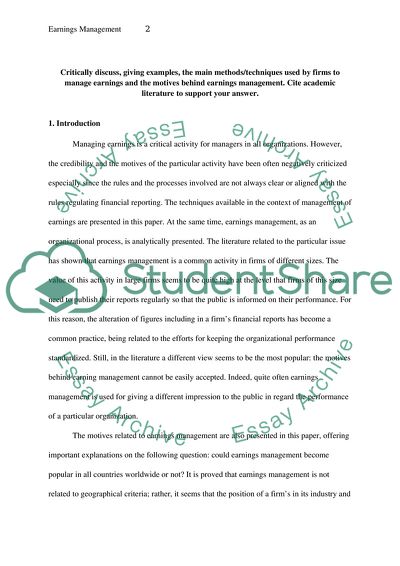Cite this document
(“Methods and Techniques Used by Firms to Manage Earnings and the Coursework”, n.d.)
Methods and Techniques Used by Firms to Manage Earnings and the Coursework. Retrieved from https://studentshare.org/finance-accounting/1612735-earnings-management
Methods and Techniques Used by Firms to Manage Earnings and the Coursework. Retrieved from https://studentshare.org/finance-accounting/1612735-earnings-management
(Methods and Techniques Used by Firms to Manage Earnings and the Coursework)
Methods and Techniques Used by Firms to Manage Earnings and the Coursework. https://studentshare.org/finance-accounting/1612735-earnings-management.
Methods and Techniques Used by Firms to Manage Earnings and the Coursework. https://studentshare.org/finance-accounting/1612735-earnings-management.
“Methods and Techniques Used by Firms to Manage Earnings and the Coursework”, n.d. https://studentshare.org/finance-accounting/1612735-earnings-management.


